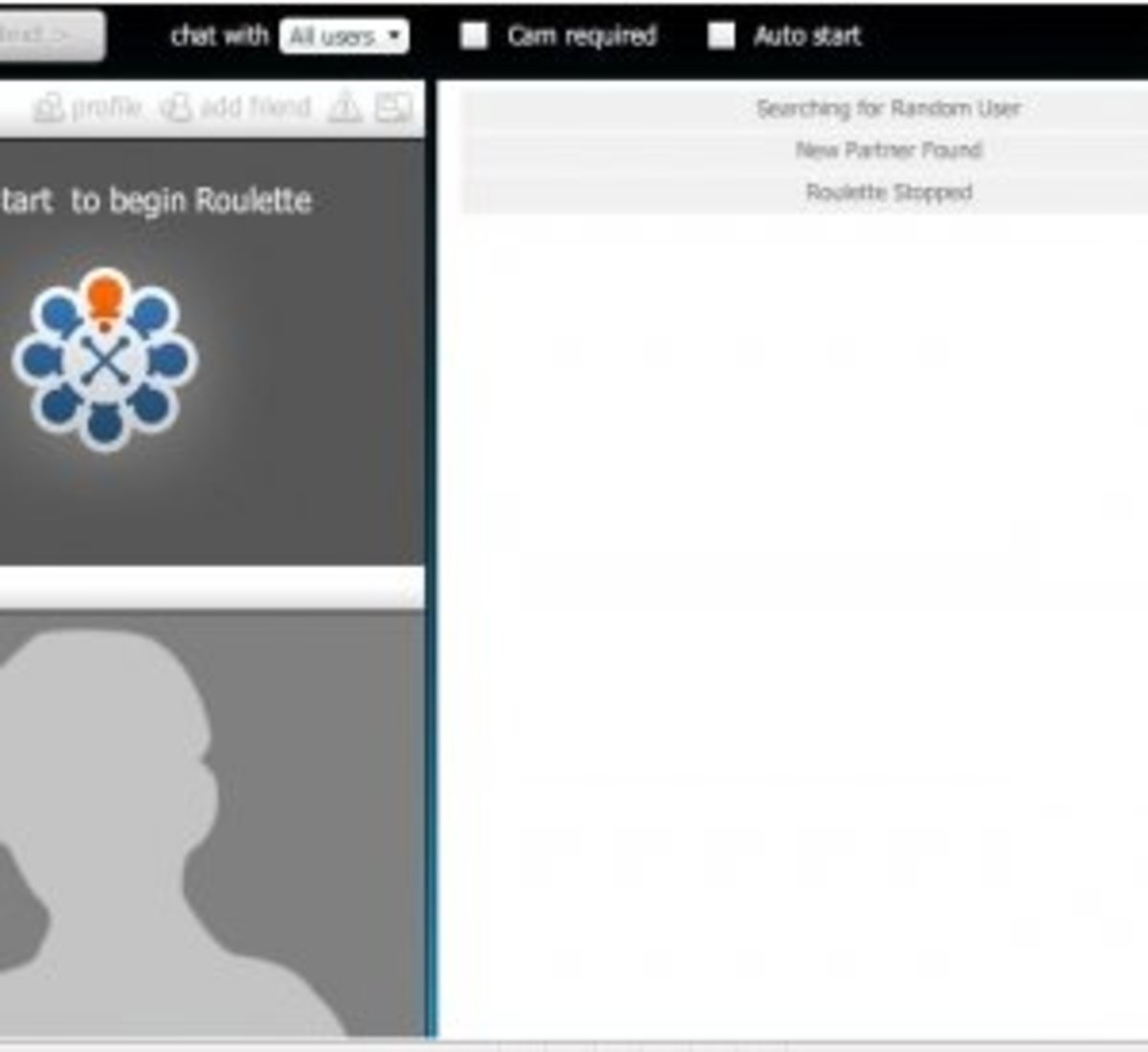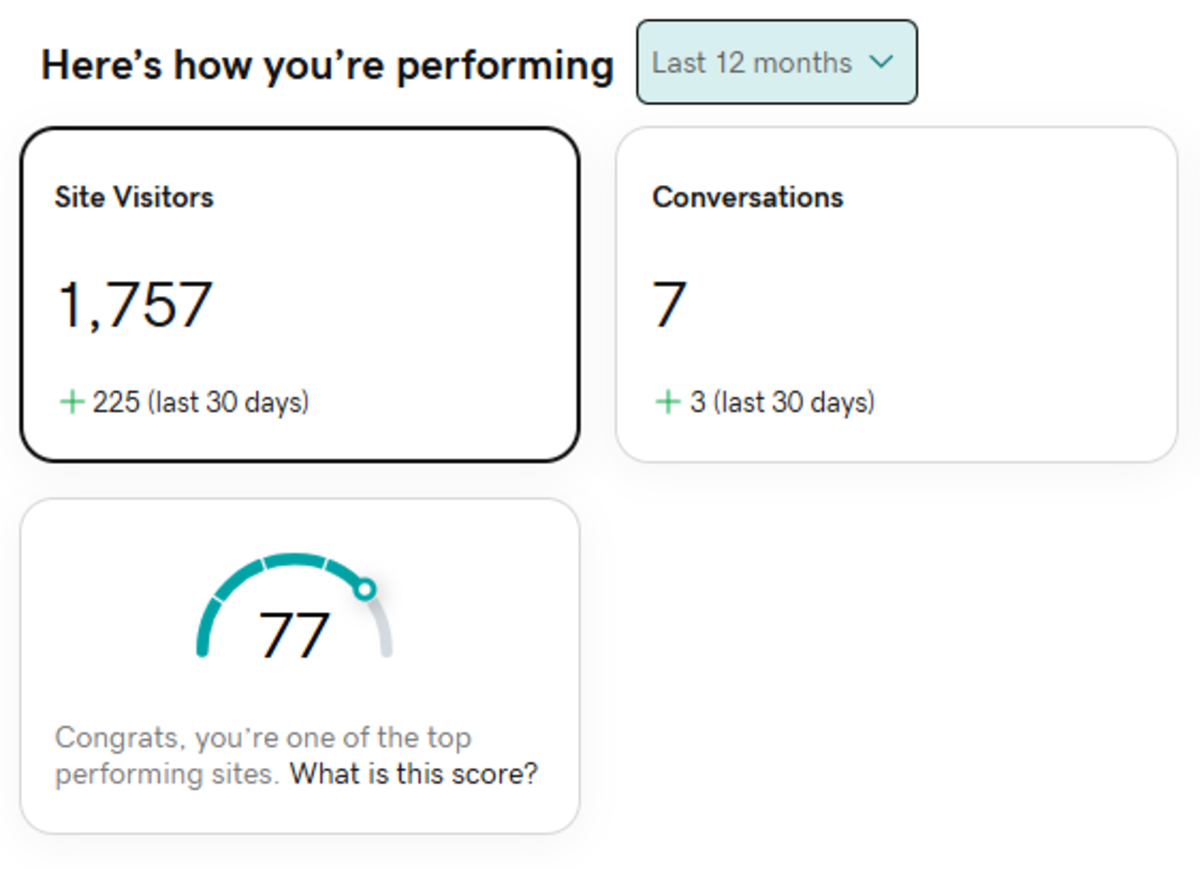What is the importance of website optimization?

The importance of website optimization
Website optimization adds a substantial amount of value to both the user and the organization:
Increases user time on site
Seamless navigation encourage users to stay longer on the site as they are able to find the information they are looking for.
Provides a better user experience
Users will also be left with a better impression of a company because of their exceptional website optimization.
Leads to more return visits
When a website provides an optimal customer experience users are more likely to return.
Increases e-commerce sales
Customers want the best experience possible and will a better optimized website even if it costs more of if products and services provided is not exactly the same.
How does website optimization influence the buyer's journey?
Awareness
Customers will easily find what they want on the website such as a solution to their problem. Effective website optimization ensures that these solutions are easily found.
Interest
The buyer finds your content on product pages, blog posts, videos or other content about the company or products. Displaying this information clearly and ensuring that its easily found on the website will encourage users to progress to the consideration stage.
Consideration
The is where the buy considers the purchase. This would include calling the company, liking them on Facebook, reading blog posts from the company etc. When these aspects are easily searched on the website, the conversion becomes easier.
Conversion
A sale will only occur or any other type of conversion if the shopper experience or form is easy to use and the call to action (CTA) is clear. Websites should therefore be optimized to consistently direct users toward a specific action in order to improve chances of conversion.
Retention
Once a user has converted, the focus should be on ensuring that the customer retains the paying customer, regular user or recipient of the company's products, content and services. This would include buttons, banners, related content suggestions etc. to ensure that the user stays engaged with what the company has to offer.
How to make it easier for a user to convert
Website optimization removes any potential roadblocks that could cause a user not to complete a purchase or a conversion.
These barriers would include:
Confusing navigation
If a user is unable to find the required information, they are likely to get frustrated and leave the website entirely, possibly to never return.
Slow check our process
If the conversion process is not quick, easy and simple, users will likely exit before completing the conversion stage.
Unclear benefits to converting
Users need to know what they are getting when conversion takes place and the layout of benefits should be clear and concise, and easy to read. For example, too many animations or not enough contract between the website background and the text could cause fatigue and frustration. Usually block text and white background is the ideal option.
How does website optimization affect digital marketing activities?
Website optimization affects the following digital areas:
SEO
Bad design and navigation can make it hard for search engines to crawl a site in order to index it and have it shown in search results.
Graphic Design
How a site is laid out and the quality of graphics influences user engagement, interest, and brand reputation.
A/A testing
Factors such as layout, CTA buttons, text or color. length, and placement on the site are all A/B tests that are performed to test user metrics, such as conversions and metrics.
Email marketing
The links used in email promotions should align with the theme of the website to create trust and a more cohesive experience for the user.
Social media
Design and color should be similar to the website as well. Links and sections of the website to promote on social media are dependent on how the website is optimized.
Mobile optimization
This ensures that users have a universal experience no matter how a user accesses a website.
Website page speed
Users will eventually leave a website if it loads too slowly, causing a high bounce rate, more abandoned shopping carts, and a lower return visit rate.
What is the role of the marketer in website design?
Marketers collaborate with website designers/programmers, and developers to craft a website that is appealing to both users and search engines:
Typical activities include:
- Writing and editing website copy including CTAs
- Collaborating on design layouts based on experience in user engagement with other campaigns
- Setting branding guidelines, including color and font format in order to main brand awareness
- Optimizing the site to follow best SEO practices, both for search engine visibility and user experience
- Working with developers to ensure all API and tracking tools are set up correctly so metrics can be tracked properly
- Following best practices of user engagement to give feedback on best practices for better metrics such as time on site, lower bounce rate, or higher click through rate

This content is accurate and true to the best of the author’s knowledge and is not meant to substitute for formal and individualized advice from a qualified professional.
© 2019 Brendon Thomas









